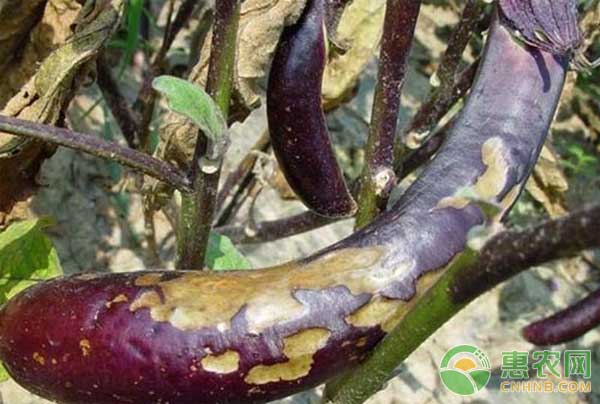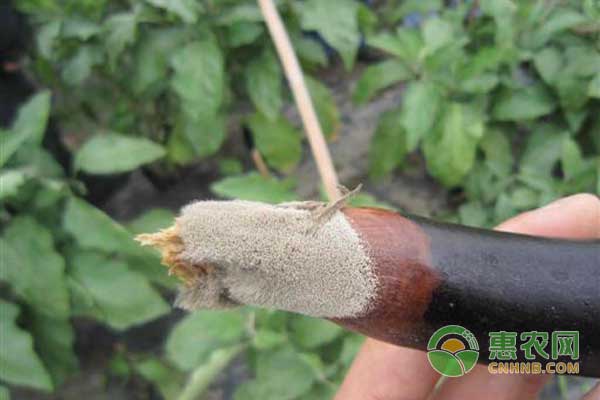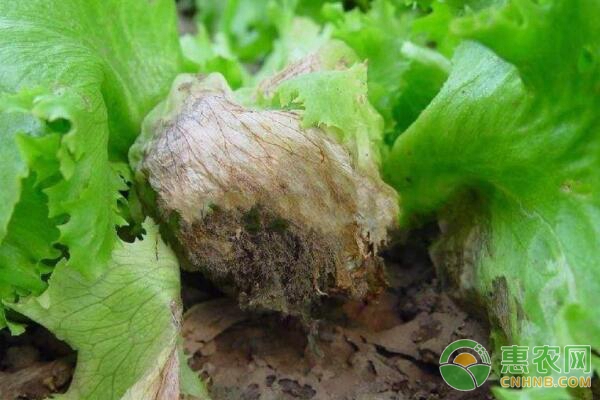Spring is a high-risk period for the protection of fruit and vegetable gray mold. If you don't pay attention, it will cause great losses to the vegetable farmers. Therefore, in the spring, it is necessary to strengthen management in the field management to prevent the outbreak of gray mold. Below we talk about the characteristics of gray mold, prevention and treatment principles. First, the characteristics of gray mold disease 1. Flowering period is the peak period of infection. 2. After the watering period of the ear expansion period, it is the peak period of rotten fruit. 3. Strong survivability. Conidia still have the ability to germinate under natural conditions for 138 days; the airflow can be transmitted over long distances. 4. The infection time is long. Botrytis cinerea is most susceptible to disease growth, and the result is precisely the time when the plant grows poorly. It is easy to develop from the young fruit stage to the late growth stage. 5. It is difficult to cull. The bacterium is a pathogen with weak parasitism. It is highly saprophytic and exists in all corners of the shed. It is difficult to kill only gray mold by spraying several times. Second, the disease conditions 1. Incidence conditions: generally from December to May of the next year, the temperature is about 20 °C, and the relative humidity is more than 90%. 2. Initial infection source: The sclerotia is in the soil or the hyphae and conidia are overwinter or over the summer on the diseased body. The spring conditions are suitable, and the sclerotia germinates to produce conidia. 3. Route of transmission: Conidia spread by airflow, rain or dew and farming operations. Third, the dyeing route 1. Pathogens invade from wounds caused by agricultural operations and mechanical damage. 2. After the bottom leaves are damaged, the bacteria are infected from the edge of the leaves. 3. The pollen is scattered on the leaves, causing the bacteria to invade. 4. Stem wounds or diseased fruit leaves are attached to the stem and are susceptible to infection. 5. The wintering or residual pathogens in the soil invade from the base of the stem. 6. Botrytis cinerea invades from the residual petals. 7. Botrytis cinerea enters the stigma that has never fallen off. 8. The dead petals and leaves are attached to the fruit surface, causing the bacteria to invade from the fruit surface. Fourth, the symptoms of gray mold 1. The disease of the leaves begins from the tip of the leaf, and the lesions expand inward in the "V" shape, and the gray mold is dead in the later stage. 2. The upper petiole and tender stem of the plant are affected, and the diseased part is contracted, and the gray mold is densely planted on it. 3. The pathogens are mostly invaded from host wounds or aging organs and dead tissues, and silk flowers are important human transmission routes. 4. Fruit-affected green fruit is seriously damaged. The residual stigma or petals are first infested, or spread to the fruit surface or fruit stalk. The peel is grayish white and soft rot, and a large amount of gray-green mold layer grows. 5. The gray mold layer on the diseased fruit is a conidia, which is reinfected by airflow. Fifth, the prevention and control of gray mold 1. Choose sunny day morning to take measures to pour dark water and small water. (Remember to catch the warm head and cold tail) 2, timely removal of diseased fruit, diseased leaves, dead branches and rotten leaves in time to take out the field buried deep. 3. Strengthen ventilation and reduce humidity in the shed. You can open the air outlet in the morning and then open the air outlet for 5~10 minutes to exchange air and drain. 4, in the use of drugs must be taken together with soft rot disease prevention. Sixth, the harm of gray mold Botrytis cinerea is a general term for a group of diseases caused by the fungus infection of Botrytis, which mainly damages plant flowers, leaves and fruits, and is low temperature and high humidity (temperature is 20 ° C ~ 25 ° C, humidity is above 90%) The situation is most likely to occur, and in severe cases, crops are reduced or even rejected. Gray mold, caused by Botrytis cinerea, flower, fruit, leaf, stem can be affected. It is a typical airborne disease that can spread with air, water and field operations. There is no effective measure to completely cut off the source of gray mold infection; after the invasion of the pathogen, it is difficult to completely eliminate the pathogen, even if sprayed with the agent, it can not solve the pathogens in the air and dew; alone, the shed can not focus on solving the disease, disease and other diseases. Pathogenic bacteria on or inside the body. The gray mold disease seedlings are light in color, and the onset of leaves and petiole is grayish white, watery, tissue softens to rot, and gray mold on the surface when high humidity. Most of the young stems have irregular water immersion spots at the base of the petiole, which quickly become soft and rot, contracted or collapsed, and finally the diseased seedlings rot and die. Gray mold can be said to be one of the most common diseases for vegetable farmers, because it is a very difficult disease. Therefore, everyone should adhere to the principle of "prevention first, prevention and treatment" to resist gray mold. In the usual cultivation and management process, we must pay attention to strengthen the establishment and improvement of the immune system of the plant, enhance the resistance of the plant to pests and diseases, and often pay attention to temperature and humidity, because low temperature and high humidity are important conditions for the outbreak of gray mold. Rabies is a fatal viral encephalitis which can be effectively prevented by prophylactic measures. The currently available cell culture vaccines used for rabies prophylaxis are used by the standard intramuscular route of administration Im Rabies Vaccine,Delayed Rabies Vaccine,Rabies Vaccine For Humans,Im Rabies Vaccine For Humans Changchun Zhuoyi Biological Co., Ltd , https://www.zhuoyibiological.com


How to prevent gray mold? Gray mold prevention principle